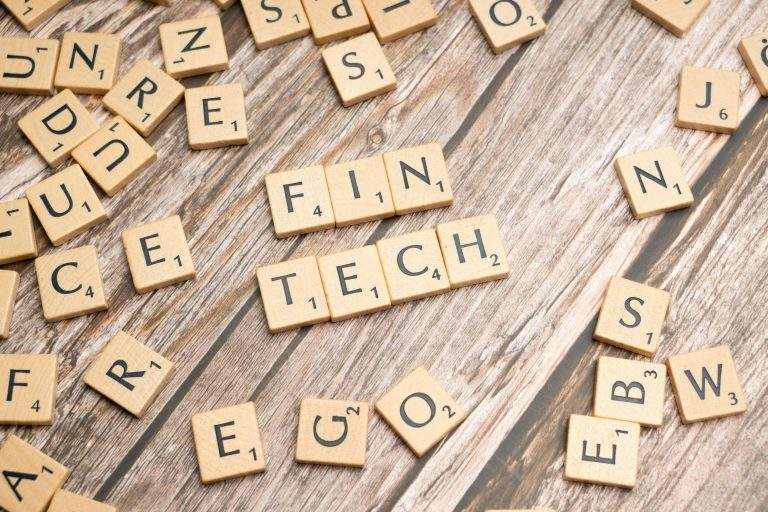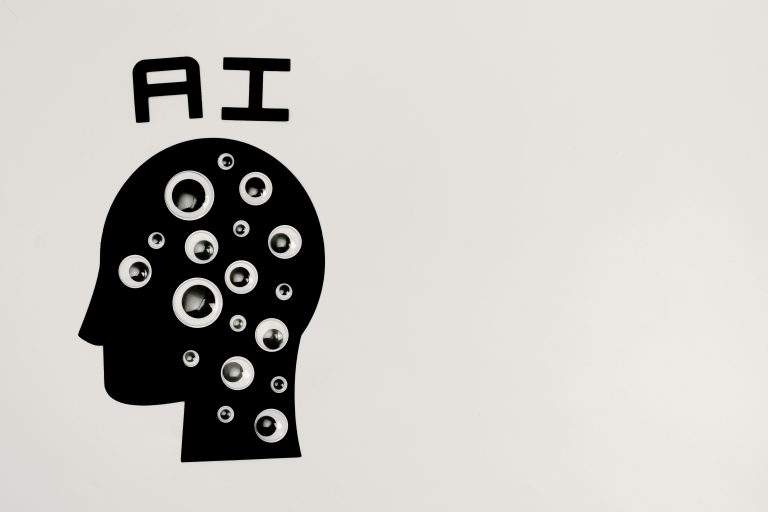UK Fashion Industry in 2025
The UK fashion industry in 2025 reflects a rapidly evolving market shaped by digital acceleration, sustainability priorities, and changing consumer behavior. Fashion remains one of the UK’s most influential creative industries, contributing significantly to employment, retail activity, and global brand influence. This recap explores key statistics, market size, and emerging trends that define the UK fashion landscape in 2025.
UK Fashion Industry Market Size 2025
The UK fashion market is expected to grow steadily in 2025 despite economic pressures. Consumer spending on clothing, footwear, and accessories continues to expand across online and offline channels.
Key market size highlights:
- The UK fashion industry generates tens of billions in annual revenue.
- Online sales account for the majority share of total fashion spending.
- Apparel remains the largest segment, followed by footwear and accessories.
- Urban consumers drive the highest fashion demand.
Market growth reflects strong digital adoption and increasing demand for value-driven fashion products.
Key UK Fashion Industry Statistics 2025
The statistics shaping the UK fashion industry in 2025 reveal clear patterns in consumption, retail, and innovation:
- Online fashion purchases account for the majority of overall retail transactions.
- Mobile shopping represents a growing percentage of total sales.
- Sustainability-focused brands gain higher consumer trust.
- Direct-to-consumer fashion brands outperform traditional wholesale models.
- Fashion resale and rental services continue strong year-on-year growth.
These statistics highlight a market that rewards flexibility, transparency, and customer-centric strategies.
Top UK Fashion Industry Trends 2025
1. Sustainability as a Core Business Strategy
Sustainability no longer operates as a marketing feature. UK fashion brands actively embed ethical sourcing, eco-friendly materials, and circular production into core operations. Consumers now prefer brands that demonstrate accountability and long-term environmental responsibility.
2. Digital-First Fashion Retail
Digital platforms dominate fashion retail in 2025. Brands invest heavily in:
- AI-powered personalization
- Virtual fitting rooms
- Live shopping experiences
- Data-driven inventory planning
E-commerce growth continues to reshape how UK consumers discover and purchase fashion.
3. Growth of Resale and Circular Fashion
Circular fashion models reshape the UK industry. Consumers increasingly buy second-hand, trade pre-owned items, and rent clothing for short-term use. This trend supports affordability, sustainability, and conscious consumption.
4. Changing Consumer Preferences
UK consumers in 2025 value:
- Quality over quantity
- Ethical production
- Transparent pricing
- Brand authenticity
Younger demographics influence market direction by supporting socially responsible and digitally innovative brands.
5. High Street Transformation
Physical retail adapts rather than declines. Fashion stores evolve into experience-driven spaces that combine in-store discovery with online fulfillment. Retailers integrate click-and-collect, smart mirrors, and personalized in-store services.
Segment Analysis of the UK Fashion Market
Womenswear Continues to Lead
Womenswear remains the strongest segment in terms of market share, innovation, and product diversity.
Menswear and Gender-Neutral Fashion Growth
Menswear shows consistent growth, while gender-neutral collections attract younger, progressive audiences.
Luxury and Premium Fashion Expansion
Premium and luxury fashion segments benefit from digital exclusivity, limited editions, and global online reach.
Technology Impact on the UK Fashion Industry
Technology plays a defining role in 2025. Fashion brands use:
- Artificial intelligence for trend forecasting
- Automation for supply chain efficiency
- Data analytics for demand prediction
- Augmented reality for customer engagement
Tech-driven fashion brands gain a competitive edge through speed, personalization, and operational efficiency.
Economic and Employment Impact
The UK fashion industry supports thousands of jobs across:
- Design and manufacturing
- Retail and logistics
- Marketing and e-commerce
- Creative and digital services
Despite automation, demand for skilled digital and creative professionals continues to rise.
Future Outlook: UK Fashion Industry Beyond 2025
The future of the UK fashion industry depends on adaptability. Brands that invest in sustainability, digital innovation, and consumer trust position themselves for long-term success. Market competition will intensify, but opportunity remains strong for agile, purpose-driven businesses.
The UK Fashion Industry Recap 2025 highlights a market defined by strong statistics, expanding market size, and transformative trends. Sustainability, digital dominance, and evolving consumer values shape the industry’s direction. As the sector balances innovation with responsibility, the UK fashion industry remains a powerful force in the global fashion economy.










